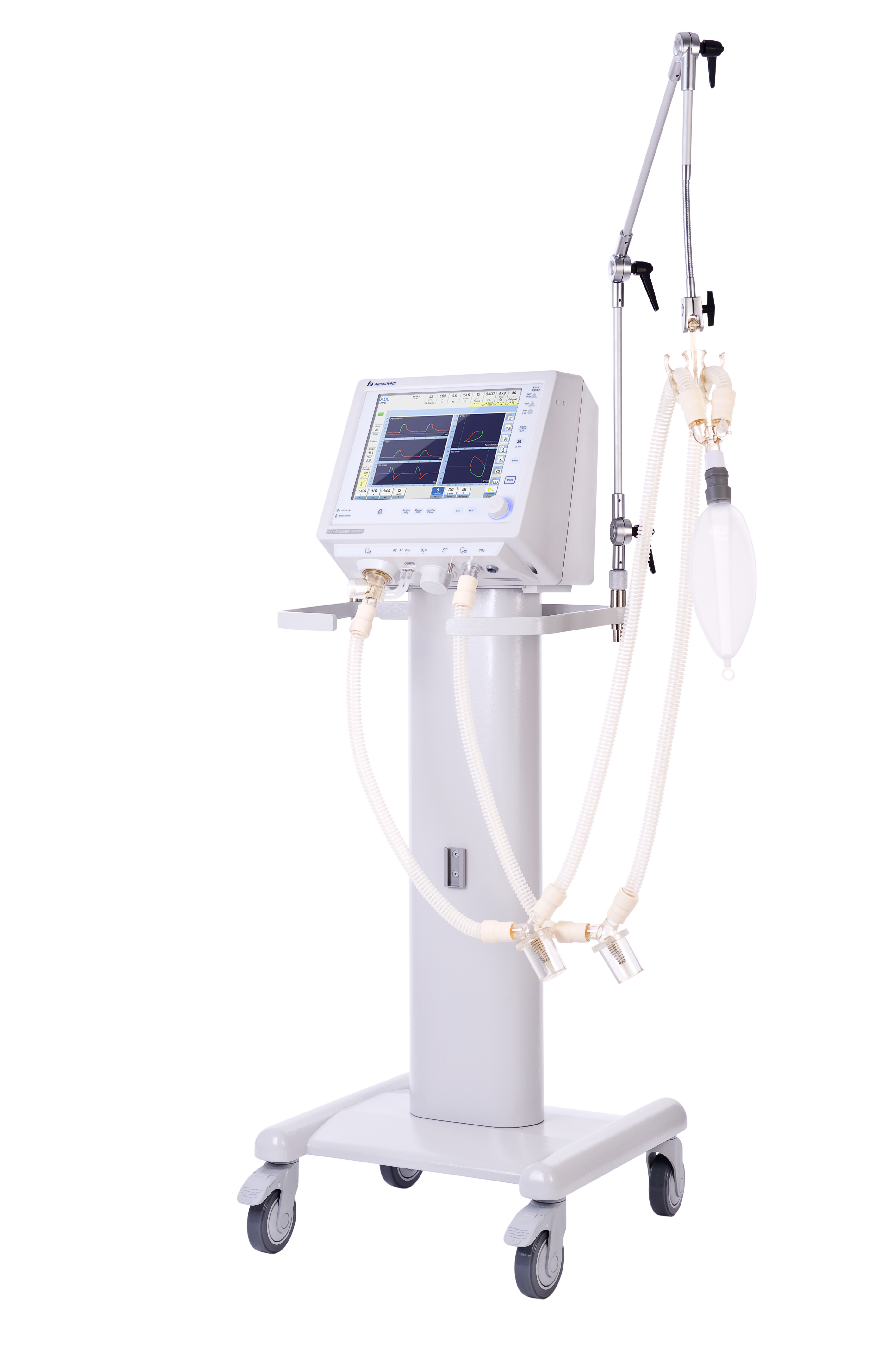Vent Ventilator Physiotherapy Septicemia Medical Download PNG

PNG Name: Vent Ventilator Physiotherapy Septicemia Medical
Category: Medical | Ventilator
Rating: 3
Size: 2.9MB
Views: 515
Resolution: 2832x4256
Total Downloads: 334
Date Added: 14-02-2023
Format: PNG image with alpha transparent
License: Free for personal use only | Creative Commons (CC BY-NC 4.0)
Vent Ventilator Physiotherapy Septicemia Medical PNG Image has a transparent background. Vent Ventilator Physiotherapy Septicemia Medical PNG has resolution of 2832x4256 pixels and is of size 2.9MB. Vent Ventilator Physiotherapy Septicemia Medical belongs to Medical and Ventilator PNG Categories.
Ventilator PNG Images: Understanding the Key Components
Ventilators are essential medical devices used to help people breathe when their lungs are not functioning adequately. These machines are widely used in intensive care units, emergency rooms, and other medical facilities to support patients who are critically ill or undergoing surgery.
In recent years, PNG images of ventilators have become increasingly popular, as they enable medical professionals to better understand the key components of these devices. In this article, we will explore the various parts of a ventilator and their functions, as depicted in the PNG images.
The Breathing Circuit
The breathing circuit is one of the most important components of a ventilator. It consists of a series of tubes and connectors that deliver oxygen-rich air to the patient's lungs and remove carbon dioxide. The PNG images of ventilators display different types of breathing circuits used in different models of ventilators.
The Control Panel
The control panel is the heart of a ventilator. It contains various buttons, knobs, and displays that allow medical professionals to adjust the settings of the breathing circuit, such as the volume and rate of air delivered to the patient. The PNG images of ventilators show the different types of control panels found in various models of ventilators.
The Sensors
Sensors are used to measure the patient's breathing patterns and adjust the ventilation settings as needed. PNG images of ventilators show sensors for monitoring air pressure, oxygen saturation, and carbon dioxide levels.
The Power Source
Ventilators need a reliable source of power to operate. PNG images of ventilators depict the different types of power sources used, such as AC or DC power, batteries, or portable generators.
Conclusion
PNG images of ventilators provide medical professionals and the general audience with an excellent opportunity to understand the different components of these crucial medical devices. Understanding the different parts of a ventilator can help healthcare workers make informed decisions about patient care and provide the best possible support to critically ill patients.
Ventilators are essential medical devices used to help people breathe when their lungs are not functioning adequately. These machines are widely used in intensive care units, emergency rooms, and other medical facilities to support patients who are critically ill or undergoing surgery.
In recent years, PNG images of ventilators have become increasingly popular, as they enable medical professionals to better understand the key components of these devices. In this article, we will explore the various parts of a ventilator and their functions, as depicted in the PNG images.
The Breathing Circuit
The breathing circuit is one of the most important components of a ventilator. It consists of a series of tubes and connectors that deliver oxygen-rich air to the patient's lungs and remove carbon dioxide. The PNG images of ventilators display different types of breathing circuits used in different models of ventilators.
The Control Panel
The control panel is the heart of a ventilator. It contains various buttons, knobs, and displays that allow medical professionals to adjust the settings of the breathing circuit, such as the volume and rate of air delivered to the patient. The PNG images of ventilators show the different types of control panels found in various models of ventilators.
The Sensors
Sensors are used to measure the patient's breathing patterns and adjust the ventilation settings as needed. PNG images of ventilators show sensors for monitoring air pressure, oxygen saturation, and carbon dioxide levels.
The Power Source
Ventilators need a reliable source of power to operate. PNG images of ventilators depict the different types of power sources used, such as AC or DC power, batteries, or portable generators.
Conclusion
PNG images of ventilators provide medical professionals and the general audience with an excellent opportunity to understand the different components of these crucial medical devices. Understanding the different parts of a ventilator can help healthcare workers make informed decisions about patient care and provide the best possible support to critically ill patients.














